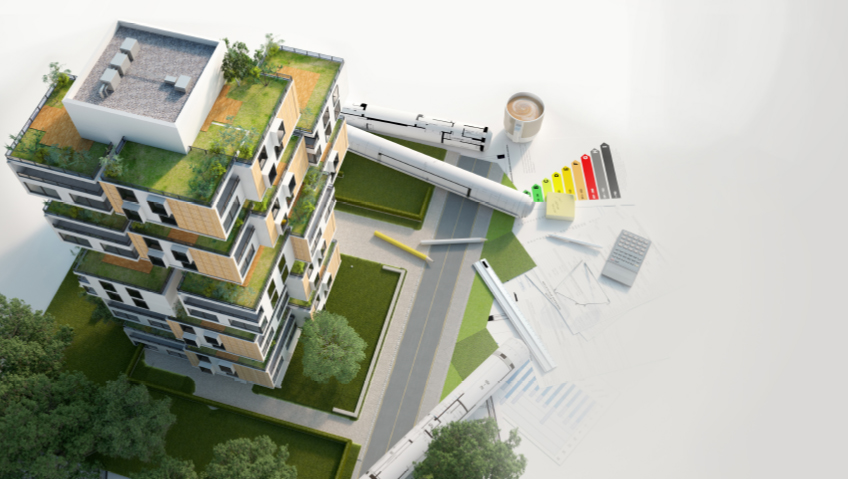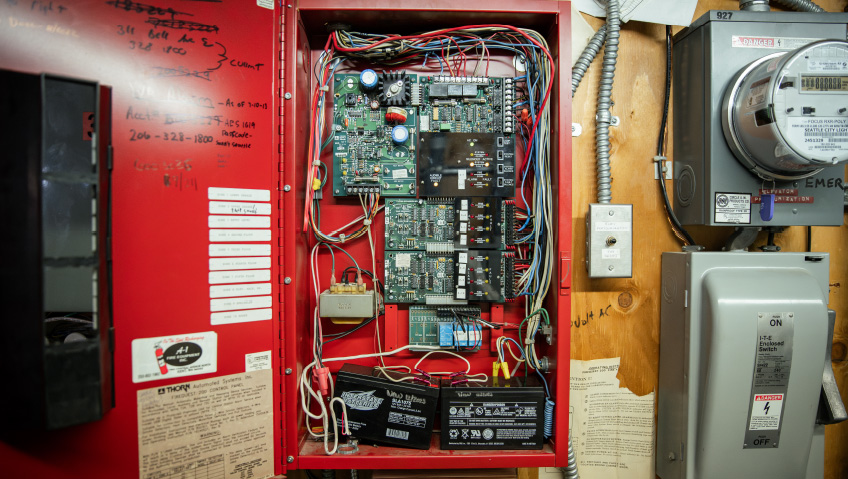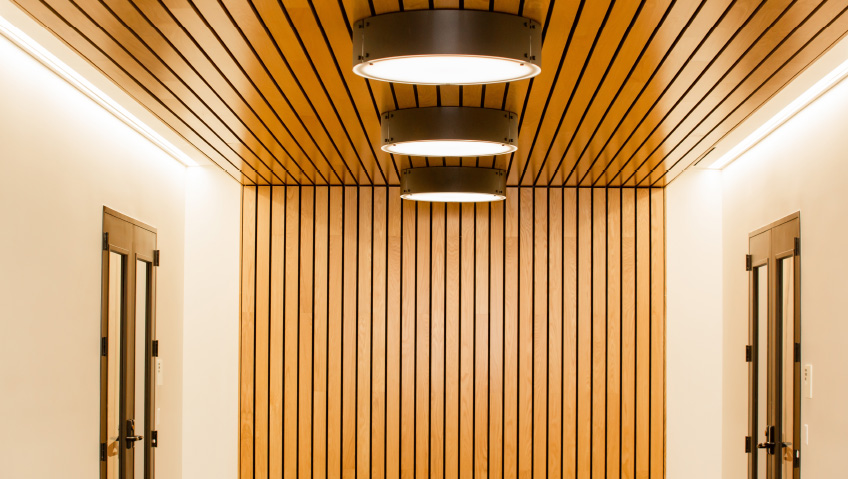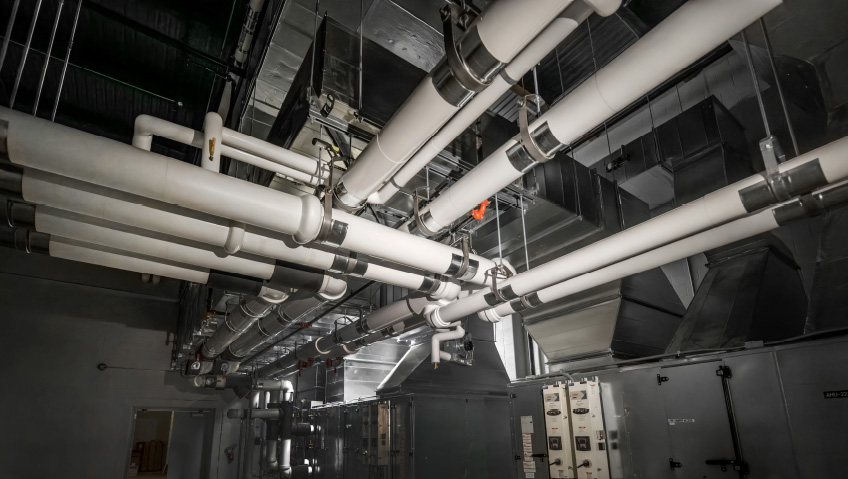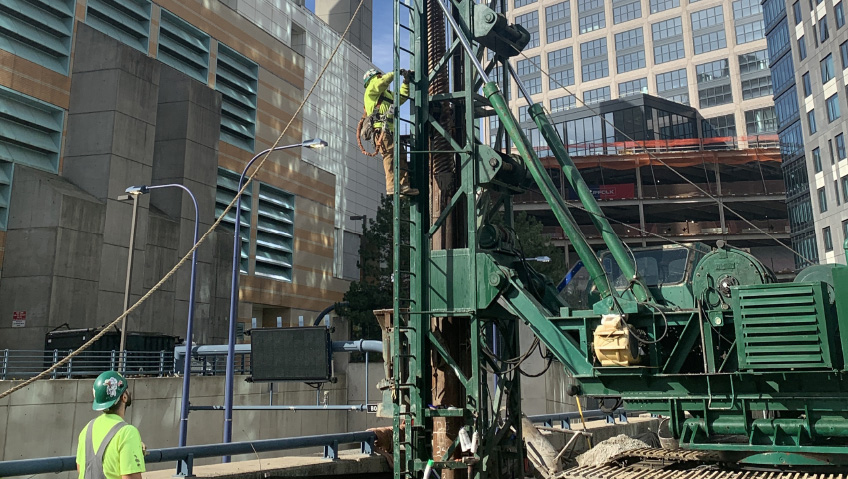The construction industry is typically slow to evolve. Despite the existence of countless new innovations and technologies, and safer, better ways to do things, it is an industry where tried and true construction methods and long-accepted materials are seldom replaced by a new product or approach.
However, there are architects and builders who choose to be leaders in their field, who go to great lengths to design and construct projects that meet and exceed the standards of sustainability that have been established.
One such example is The Healthy Housing Recognition Program, which is a standard that was established by the Canada Mortgage and Housing Corporation (CMHC) to encourage builders to adopt improved practices that promote better occupant health, energy efficiency, resource efficiency, environmental responsibility, and affordability.
Construction is no longer simply about building; it is where the building sciences and construction principles intersect. Making smart design choices and choosing sustainable, healthy home trends can directly influence the safety, wellbeing and longevity of a building and its occupants.
Dan Bridleman, Senior Vice President of Sustainability, Technology and Strategic Sourcing for KB Home noted, “Technology has advanced greatly in the last decade, which has led to continual improvements to the way we build homes, allowing us to take health and wellness into greater consideration. As we learn more about our living spaces, we continue to evolve how we build and design homes to improve the health of our customers.”
KB Homes has built more Energy Star® rated homes than any other homebuilding company, and focuses on delivering homes with an enhanced indoor environment with high performance ventilation systems to ensure optimal indoor air quality (IAQ). It even goes a step further to integrate Microban technology, touchless faucets and MERV-8 rated air filters that clean the air and vent moisture and fumes.
KB Homes adheres to the EPA’s Indoor airPLUS standards and uses only low- or zero-VOC insulation, paint, carpeting and cabinetry. Volatile Organic Compounds (VOCs) are molecules, or off-gases, that are emitted from the chemicals in the products we use. While most VOCs are not acutely toxic, they can impact overall IAQ and prolonged exposure has been linked to chronic health issues.
This is especially relevant because, according to Lawrence Berkley National Labs, ninety percent of our lives are lived indoors, with seventy percent of that time dedicated to being inside our own homes, unsuspecting of the various pollutants that circulate in the air we breathe. As COVID-19 forces people indoors for longer periods of time, airborne contaminants are becoming an even greater concern.
“People are spending more time than ever inside their homes and to that end we have seen an accelerated interest in the health and wellness of their living space. Today, the home functions as a workplace and school classroom. The way we use our homes has shifted greatly. It has become our main source of protection,” said Bridleman. “Consumers want their homes to be a sanctuary from the outside world.”
Most people are unaware that the air indoors can contain up to five times more pollution and can lead to 1000 times the uptake than the air outdoors. Without adequate filtration and HVAC systems, the air continues to circulate, uncleaned, and can lead to the deposit of dust and other allergens on furniture, upholstery, carpets, and other nooks and crannies.
Optimal IAQ depends on a combination of bringing in clean air and ventilating both product-generated pollutants that originate indoors (like VOCs) and occupant-generated pollutants like carbon dioxide and dust. Surprisingly, adults ingest upwards of 100 milligrams of dust in the house daily, and children ingest nearly double that amount.
The dust itself is problematic, but it also attracts other harmful and potentially hazardous particles that can cling to the dust such as VOCs, viruses, bacteria, allergens, and chemicals, to name a few. Flame retardants are of particular concern, as these compounds are added to manufactured materials like plastic coatings and can pose a toxic threat.
Sometimes the greatest risks lurk below the surface and are unseen by the naked eye. Some of the worst contributors to poor IAQ are laundry, burning candles, cooking, and smoking. Things like mold can be deadly yet can go undiscovered for a long time. The same goes for formaldehyde or lead, which can be found in some of the construction materials used in older construction projects.
Homes that were constructed prior to 1960 contain the risk of lead paint, and where there is lead, there are potentially harmful VOCs. Luckily, since 1990, lead has been virtually removed in favour of water-based alternatives thanks to a multifaceted effort by industry, regulators, and material manufacturers to mandate a safer alternative to promote improved IAQ.
Poor IAQ is linked to illnesses like asthma, heart disease and other respiratory and pulmonary diseases, and in the age of COVID-19, greater care is being taken to ensure air filtration and scrubbing systems are sufficient to keep airborne viruses and germs at bay. This requires an effective mechanical system that offers multiple points of filtration.
The American Society of Heating, Refrigerating and Air-Conditioning Engineers (ASHRAE) recommends a ventilation rate of 0.35 air changes per hour for new homes, and because of the advancements in technology, greater rates can be achieved. A good rule of thumb when considering mechanical systems is the ability to control heat, moisture, and humidity.
Preventing moisture is imperative, especially in kitchens and bathrooms where moisture is prone to accumulating if venting is poor, but also in basements or wherever there is a leak, which is most commonly near windows, the roof or plumbing. It is also a concern where condensation builds up, where insulation is poor, and in undermaintained areas like drain pans or wet foundations.
One simple solution to many of these problems is to banish carpeting in the home, as it is a sink for dust and other particulate, as well as moisture and mold. To qualify for Healthy Housing recognition, homes must have at least 75 percent hardwood flooring and must be accompanied by a low-level emission softwood subflooring.
For those who miss the comfort of carpeting and the warmth it provides, in-floor heating is quickly becoming a trend that is replacing carpeting in the home while also contributing to a home’s sustainability and energy efficiency.
Other trends include antibacterial fixtures and touchless technology and sensors, which prevent the transfer of germs and the cross-contamination of surfaces. Likewise, durable surfaces like granite offer the highest degree of hygiene and ease of maintenance.
While some of these seem like luxury items, they are becoming part of an overall strategy for safer, healthier spaces. They are investments that can save money in the long term while also promoting improved health and sustainability, as well as reduced usage and electricity costs.
One of the most important pillars of the Healthy Housing Recognition Program is accessibility. These construction designs and approaches will only be effective if they are accessible, and that means ensuring that they become standard.
Not every build is meant to be LEED® certified but there are many ways to incorporate sustainability and green building trends into your homes and offices using smart products to create healthier spaces that don’t have to break the bank. Look for appliances that are Energy Star® and WaterSense® rated, choose low- or zero-VOC paints and products, and invest in optimal mechanical systems.
When it comes to sustainable design and healthy home construction, an integrated approach where the architect and construction team work together is key for safer, smarter, and healthier projects. Standards have improved greatly, but there is still more work to be done to encourage the large-scale adoption of a new, smarter and healthier way to build, where scientific principles and design practices enmesh for a revolutionized construction approach that promotes improved health outcomes for buildings and their occupants.

